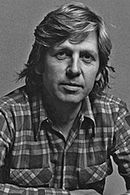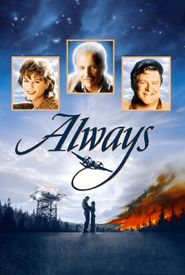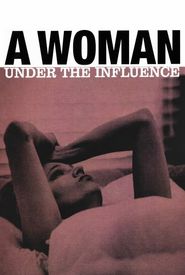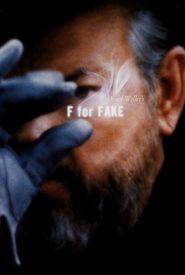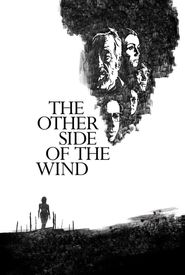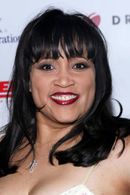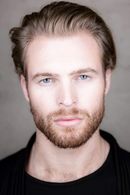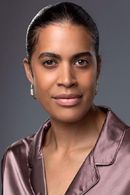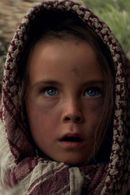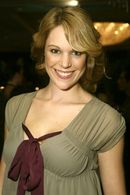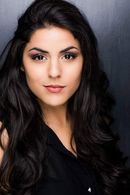Gary Graver was born and raised in Portland, Oregon. He produced and starred in his own weekly radio show in high school. Graver then studied and performed at the Portland Civic Theatre and Grant High School, as well as being a child circus clown and magician. He built a theater in his basement, showing 16mm films and producing plays for the neighborhood kids.
At 20, Graver moved to Hollywood to continue his studies. He studied with Jeff Corey, Douglas Fowley, Lee J. Cobb, and Lucille Ball. Finding acting jobs hard to come by, he switched to production work and produced and directed a short film and a feature. He was soon drafted into the military and shipped overseas, where he became a member of the U.S. Navy Combat Camera Group.
Not really being a cameraman, Graver went to all the camera rental houses in Hollywood and picked up as much knowledge as he could to prepare for his two-year tour of duty in the Far East, including Vietnam, Japan, and the Philippines.
After leaving the military, Graver worked in documentaries for a year before getting into feature productions. He photographed such "classics" as Satan's Sadists (1969) and Dracula vs. Frankenstein (1971). Graver then decided to call on Orson Welles, whom he did not know nor had ever met, because he read that Welles was in town.
Welles explained that only one other cameraman had just called him up and said he wanted to work with him - Gregg Toland, who photographed Citizen Kane (1941). Welles and Graver immediately embarked on a series of half-hour shows for the Sears department store chain. It was called "An Evening with Orson Welles". It consisted of six stories told on film by Orson and then to be transferred to a new, up-and-coming medium - videotape.
It was the beginning of a close friendship and creative filmmaking partnership. In 1970, Graver, Welles, and his collaborator, Oja Kodar, started filming a feature project, The Other Side of the Wind (2018). The production of this movie was to take place over a period of five years. Shooting was completed in Los Angeles in 1975 at the home of Peter Bogdanovich, after a marathon schedule that took the project to Arizona, France, Spain, Belgium, New York, Hollywood, Yugoslavia, Italy, and England.
During this period, in 1973, Welles, Kodar, and Graver made a feature in Europe titled F for Fake (1973). After that, Welles and Graver worked on many projects, including The Orson Welles Show (1979) for TV syndication with Burt Reynolds, Angie Dickinson, and The Muppets. Other projects included Orson Welles' Magic Show (1985) and the essay film Filming 'Othello' (1978).
On the morning of Welles' death, he and Graver were to begin filming "Julius Caesar" with Orson playing all of the parts. Two days previously the stage had been pre-lit at the UCLA Theatre Arts Department. Between times, in the midst of all the Welles projects, Graver maintained his professional status as a first-rate Hollywood cinematographer and shot many feature films for Roger Corman: Moonshine County Express (1977),Deathsport (1978) with David Carradine, and Grand Theft Auto (1977),directed by Ron Howard. He also photographed The Toolbox Murders (1978),The Attic (1980) with Carrie Snodgress and Ray Milland, Mortuary (1982),Chattanooga Choo Choo (1984),and the remake of Stagecoach (1986) with Willie Nelson, Johnny Cash, Kris Kristofferson, and Waylon Jennings.
For Disney, Gary shot Love Leads the Way: A True Story (1984) starring Timothy Bottoms, Patricia Neal, Eva Marie Saint, Ernest Borgnine, Ralph Bellamy, and Arthur Hill. In 1981, he directed "The Boys" from his own screenplay, starring Cameron Mitchell and his son, Cameron Mitchell Jr.. This film was subsequently ruined by the producer and distributor. The solid, hard-hitting drama, as originally shot using the director's screenplay, emerged as a stupid comedy released by Film Ventures International as Texas Lightning (1981).
In 1982, Graver wrote, produced, and directed a film called Trick or Treats (1982). It featured his son Chris Graver along with David Carradine, Carrie Snodgress, Steve Railsback, Jacqueline Giroux, Paul Bartel, and Jillian Kesner. In the 1980s, Gary photographed five TV "movies of the week" starring Gary Coleman for NBC.
In 1986, he photographed Party Camp (1987) for Vestron, which had a limited theatrical release before going to video. The next year was spent mostly on directing, photograph
